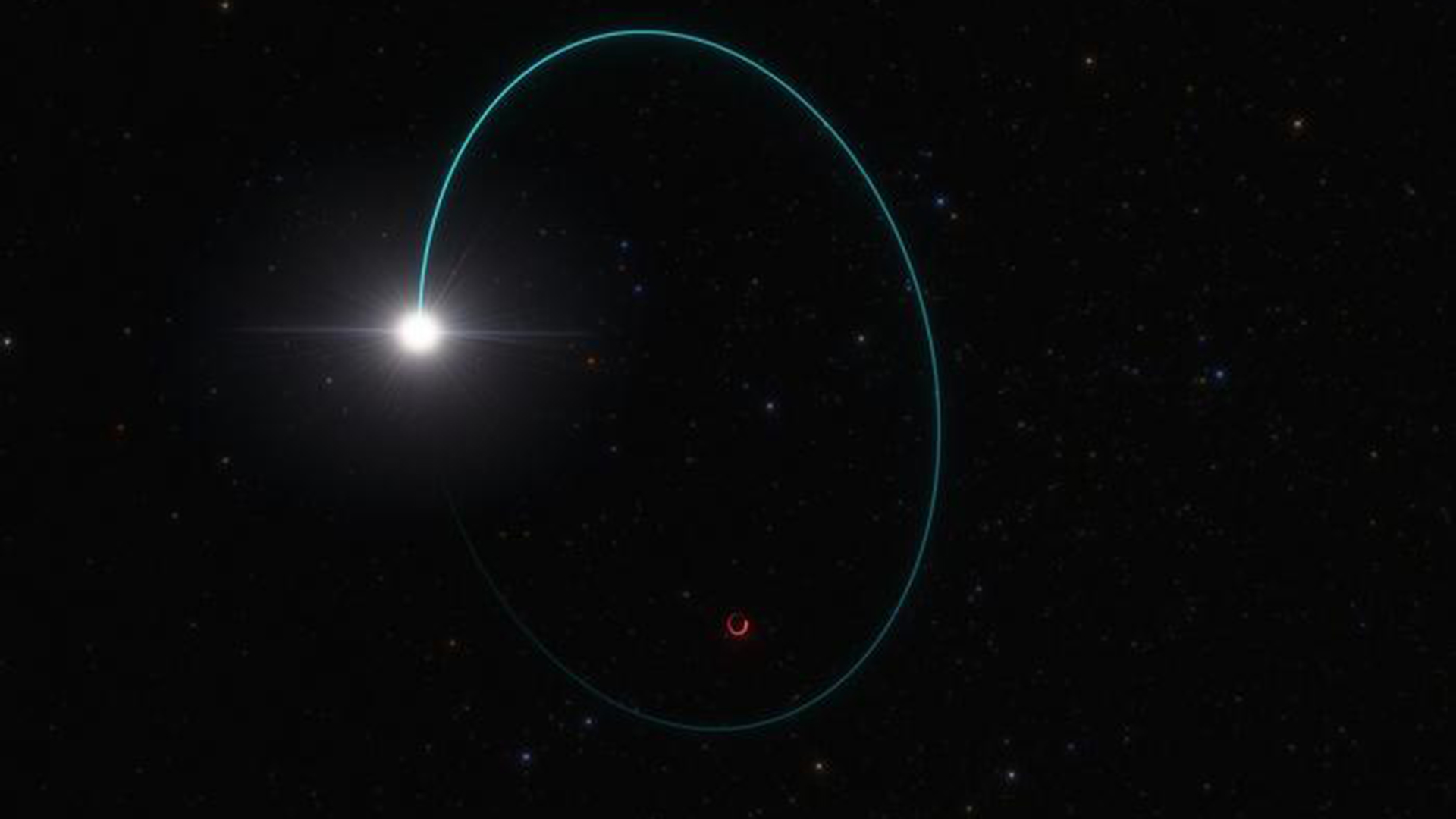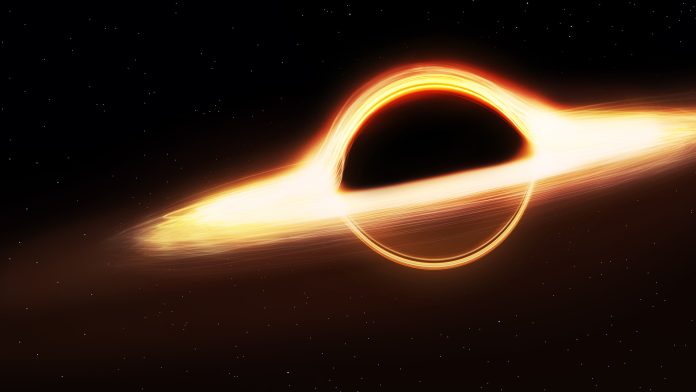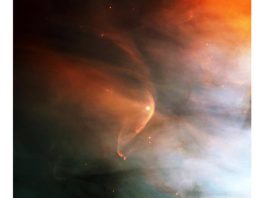Astronomers have made a groundbreaking discovery, identifying the most massive stellar black hole ever found in the Milky Way galaxy.
This extraordinary stellar black hole find comes as a result of data analysis from the European Space Agency’s Gaia mission, revealing a peculiar ‘wobbling’ motion exerted on its orbiting companion star.
Verification of the black hole’s mass, an astounding 33 times that of the Sun, was accomplished using data from the European Southern Observatory’s Very Large Telescope (ESO’s VLT) and other ground-based observatories.
A giant among stellar black holes
Stellar black holes, formed from the collapse of massive stars, have previously been identified in the Milky Way, typically averaging about ten solar masses.
However, the newfound stellar black hole, designated Gaia BH3 or BH3, breaks records with its staggering 33 solar masses.
Even the previous most massive stellar black hole in our galaxy, Cygnus X-1, pales in comparison at 21 solar masses.
Proximity to Earth
Adding to its significance, BH3 is remarkably close to Earth, residing a mere 2,000 light-years away in the constellation Aquila.
Its unexpected proximity has astonished astronomers, who stumbled upon the discovery while scrutinising Gaia observations ahead of an impending data release.
Analysis of BH3
To authenticate their find, the Gaia collaboration conducted meticulous analyses, incorporating data from ground-based observatories like the Ultraviolet and Visual Echelle Spectrograph (UVES) instrument on ESO’s VLT.
These observations unveiled crucial properties of the companion star, facilitating precise measurement of BH3’s mass.
The discovery holds implications for our understanding of stellar evolution. Astronomers have long speculated about the formation of high-mass black holes from metal-poor stars, which retain more mass over their lifetimes.

BH3’s metal-poor companion star corroborates this theory, providing a direct link between metal-poor stars and high-mass black holes.
Gaia collaboration member Pasquale Panuzzo, an astronomer at the Observatoire de Paris, emphasised the uniqueness of the discovery: “No one was expecting to find a high-mass black hole lurking nearby, undetected so far. This is the kind of discovery you make once in your research life.”
Future prospects
Further observations of the stellar black hole could unveil deeper insights into its history and behaviour.
Instruments like the GRAVITY on ESO’s VLT Interferometer offer the potential to investigate whether BH3 is actively accreting matter from its surroundings, shedding light on the dynamics of this intriguing celestial object.
The revelation of Gaia BH3 represents a significant milestone in astrophysical research, offering a window into the extraordinary phenomena occurring within our galactic neighbourhood.









